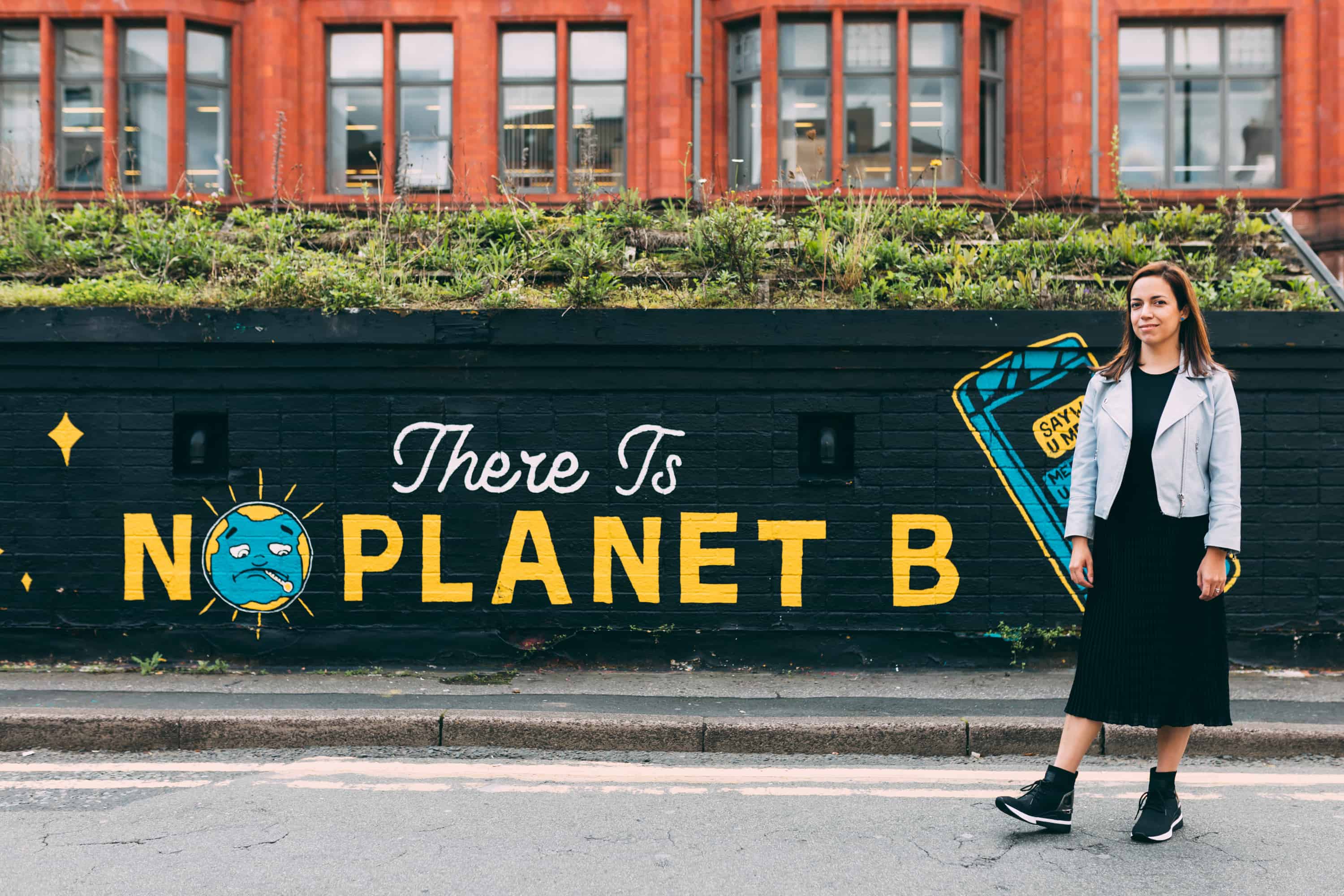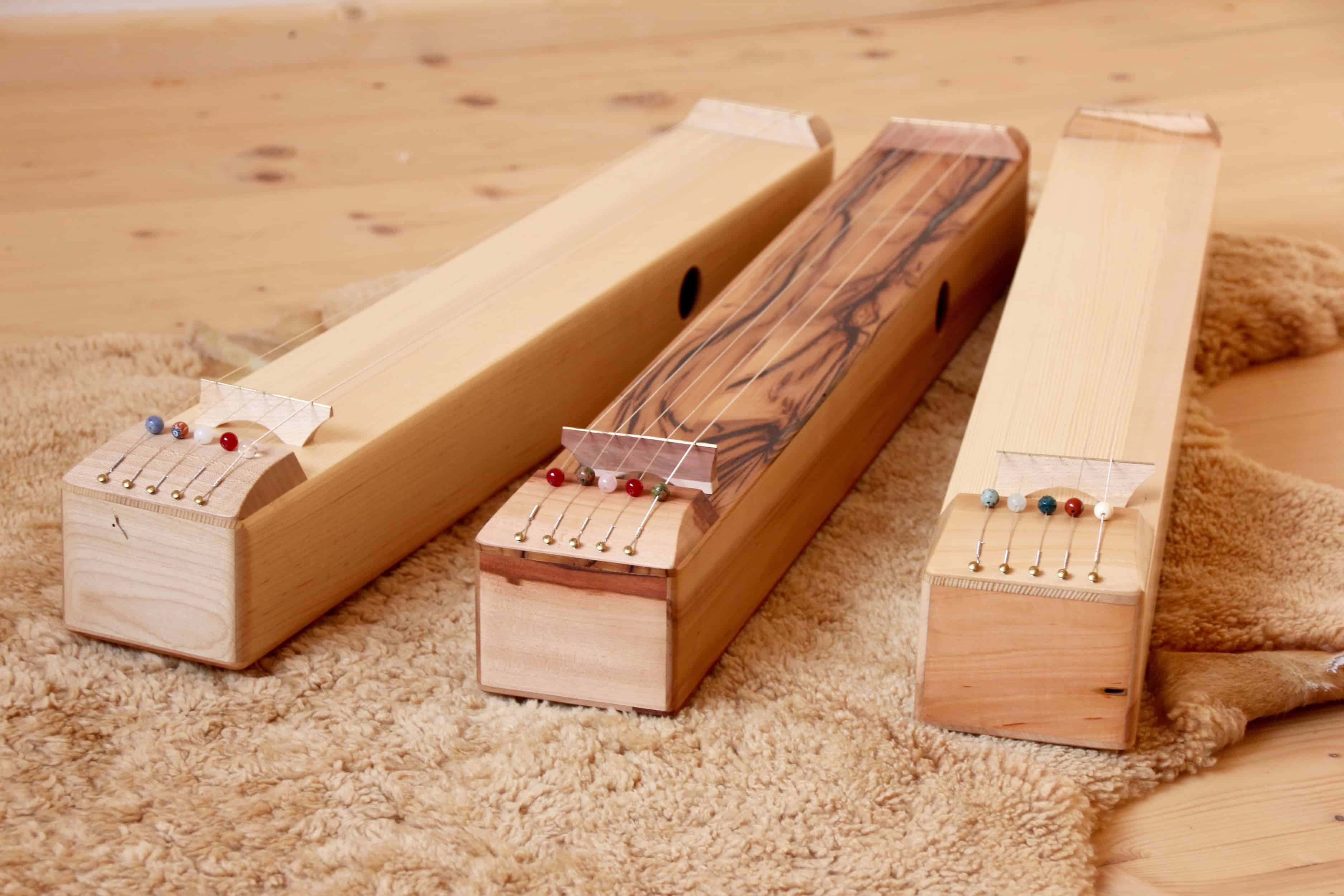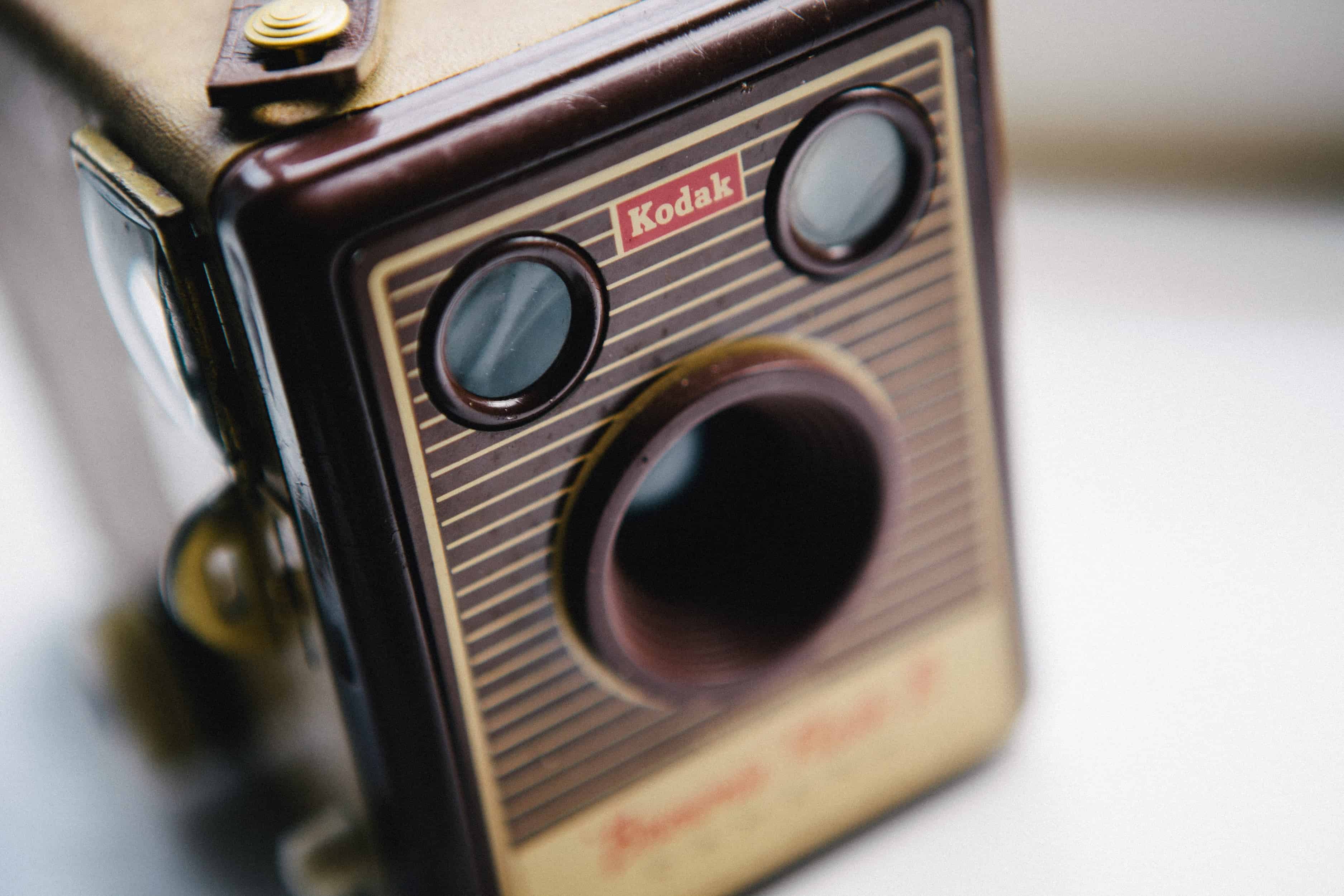Time will tell (fixed media): Audio clip
Tiny, micro-scale ticks, tocks, clanks, bumps and rings combine together in new shapes and forms. Miniature sounds from time keeping devices, old and new, were sourced and isolated for their brevity and barely-there quality. Reassembling regular clock rhythms from an abundance of single clock ticks and strikes was a fundamental composition methodology in this work, along with the simulation or illusion of internal clock mechanics churning, rotating and sometimes malfunctioning. The idea of clocks being wound and reset features as a structural device. Clock gongs, bells and chimes also provided pitch content and harmonic moments throughout the work. This composition builds upon the microstructures constructed in Switched on (2011), which deals with small on/off switches, button and dial sounds for powering up electrical devices.
[iii-17]
Time will tell was realized at the Goodman Studio of the Experimental Media and Performing Arts Center (EMPAC) of the Rensselaer Polytechnic Institute (Troy, NY, USA) and at the Liverpool Hope University (England, UK). The piece was commissioned by EMPAC. Many thanks go to Harry Vannucci from the Waterford Clock Co (Waterford, NY, USA) and Sir George White, keeper of the Clockmakers’ Museum (London, UK) for access to all the clocks in the collection. Time will tell was awarded First Prize in the Musica Nova 2014 International Competition of Electroacoustic Music (Prague, Czech Republic) and was awarded an Honorable Mention in the Sonic Research category of the Sonic Arts Award (Rome, Italy, 2014).


